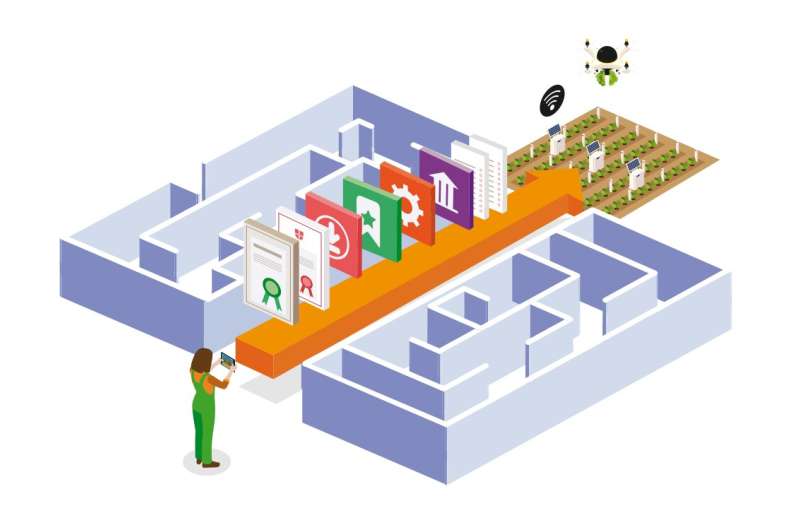Policy options for resilience-enhancing farm demographics

European agriculture as well as the wider economy face substantial demographic changes in the upcoming decades. The baby boomer generation will retire within the next 10 to 15 years and the cohorts of the young generations, which will enter the labor market in the next decades, are much smaller in size. Accordingly, the farming sector will have to compete with other sectors and urban areas, which offer attractive career prospects.
The SURE-Farm project seeks to better understand the sustainability and resilience of European farming systems, including the challenges related to farm demographics and what this means for structural change. This policy brief aims to tie the findings of SURE-Farm on farm demographics with policy options, which may enable resilient farm structures.
While European agriculture has long been experiencing structural change, the past 15 years have seen rapid change. Farm structural change can be defined as the differences in farm structures over time from a regional to supranational level. Characteristics of farm structures include the number of farms, farm sizes, the amount and type of land dedicated to agricultural production, what is produced and how, the legal classification of operations, the type and amount of labor used, as well as how producers are financed and linked to the up- and downstream sectors. Farm structural change is a farming system's response to a changing environment in order to ensure the further provision of income generation.
There is a need to support the sector in its capacities to react to the current and future changes, such as increasing environmental demands or demographic trends. In order to support the agricultural sector in adapting to these pressures and to exploit the potential benefits offered by digitalisation, policy options should focus on the creation of an enabling environment.
There are several paths for policy makers to explore contextually. First, to benefit from technological opportunities to meet societal expectations and demands, there is a growing demand for highly educated farmers who not only have the technical know-how, but also can manage large complex operations. Supporting the on-going agricultural education of farmers and farm workers is an area where policy remains ambiguous. Existing opportunities for financial support for education are often unknown and accessing them remains ambiguous for those who could benefit the most.
Second, one public good provided by agriculture is the maintenance of rural landscapes and contributing to the attractiveness of rural areas. However, many rural European areas currently lack attractiveness in terms of infrastructure and provision of services, which is a major deterrent for young people. Infrastructure projects and ensuring reliable internet access as well as local medical care, recreation activities, and infrastructure, schools and kindergartens are paramount to recruiting and retaining quality young farmers and workers.
Third, young people are known to bring new and innovative ideas into the sector. However, many current policies aim to support only traditional farm models and production systems, thus rather deterring innovation and resilience capacities. Existing and future policies should address the development of alternative business models, like shared farming, co-operative farming, new products, and production systems.
Finally, European agriculture is highly regulated in order to ensure the production of safe food and to minimize environmental impacts. However, there are many regulations which send mixed messages—such as encouragement to intensify production as well as restrictions on the use of new technologies. For farmers to have room to maneuver, policy must send a consistent message.
Provided by CORDIS



















